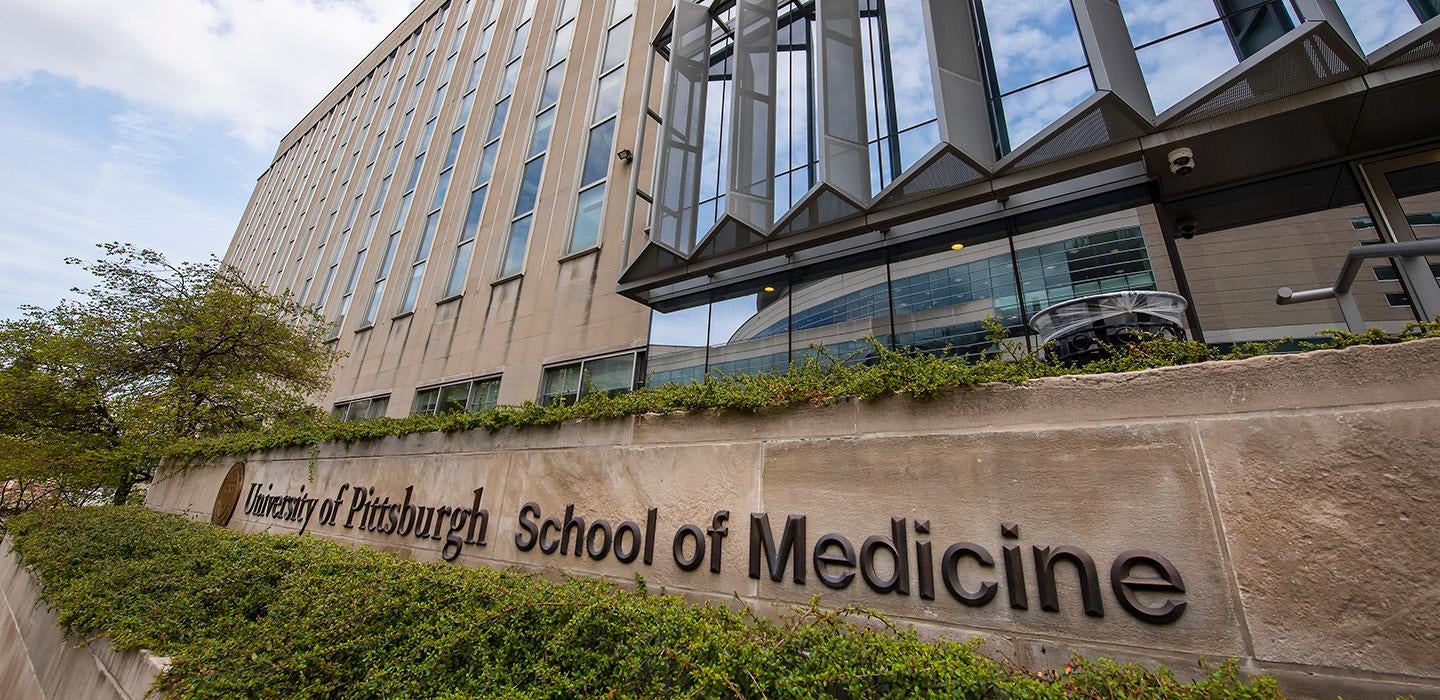
Subscribe to Pittwire Today
Get the most interesting and important stories from the University of Pittsburgh.Before an embryo begins to grow into an animal, it is a homogeneous group of cells, each with the potential to grow into anything from brain to bone. Somehow, most of the time, each cell develops into exactly the kind of cell it needs to be in so that the embryo can develop into a functioning organism.
The embryo transmits its blueprint to the stem cells through chemical signals that form spatial patterns. Through a complex network of chemical communications, the stem cells can read these patterns, which tell each one what role it will play as the organism develops.
The ability to read and write these patterns could give scientists the ability to direct the growth of new tissue at will, transforming the field of regenerative medicine.
Nathan Lord, assistant professor in the Department of Computational and Systems Biology in the School of Medicine, has received a five-year, $1.5 million New Innovator Award from the National Institutes of Health to bring us closer to understanding the embryo’s chemical signals.
The award supports highly innovative research from promising early-career researchers.
“If we want to understand, manipulate or use these cells to make things that are useful to us, like replacement organs or tissue, we need to learn how to read and write this spatial language,” Lord said.
This award will support two steps in that process: First, he needs to be able to send the same kind of message to cells that they would receive in an embryo. This message consists of proteins that bind to the stem cells, influencing how they develop.
“Manipulating those proteins in space is very, very hard,” Lord said. So, he turned to light.
Using a technique known as optogenetics, he’ll manipulate receptors on the stem cells that usually bind to messenger proteins, engineering them so they instead respond to light. He’ll translate the chemical language of the embryo into a language of photons, which are easier to manipulate.
The second part of the project involves building custom instruments that can project patterns of light onto the stem cells. With their new light-sensing receptors, the stem cells should respond as if they were receiving a chemical message.
Lord should be able to write patterns, but like someone who memorizes the shapes of letters in a foreign alphabet but doesn’t know how to read the language, he can’t put them to much use until he knows what different patterns do.
“We’ll explore the space of possible patterns in a systematic way,” he said, “which will allow us to build effective computational models.”
These models should bring science much closer to being able to manipulate the cells in a useful way. “They will allow us to predict what the cells are going to do in response to any given pattern.”
— Brandie Jefferson, photography by Aimee Obidzinski


